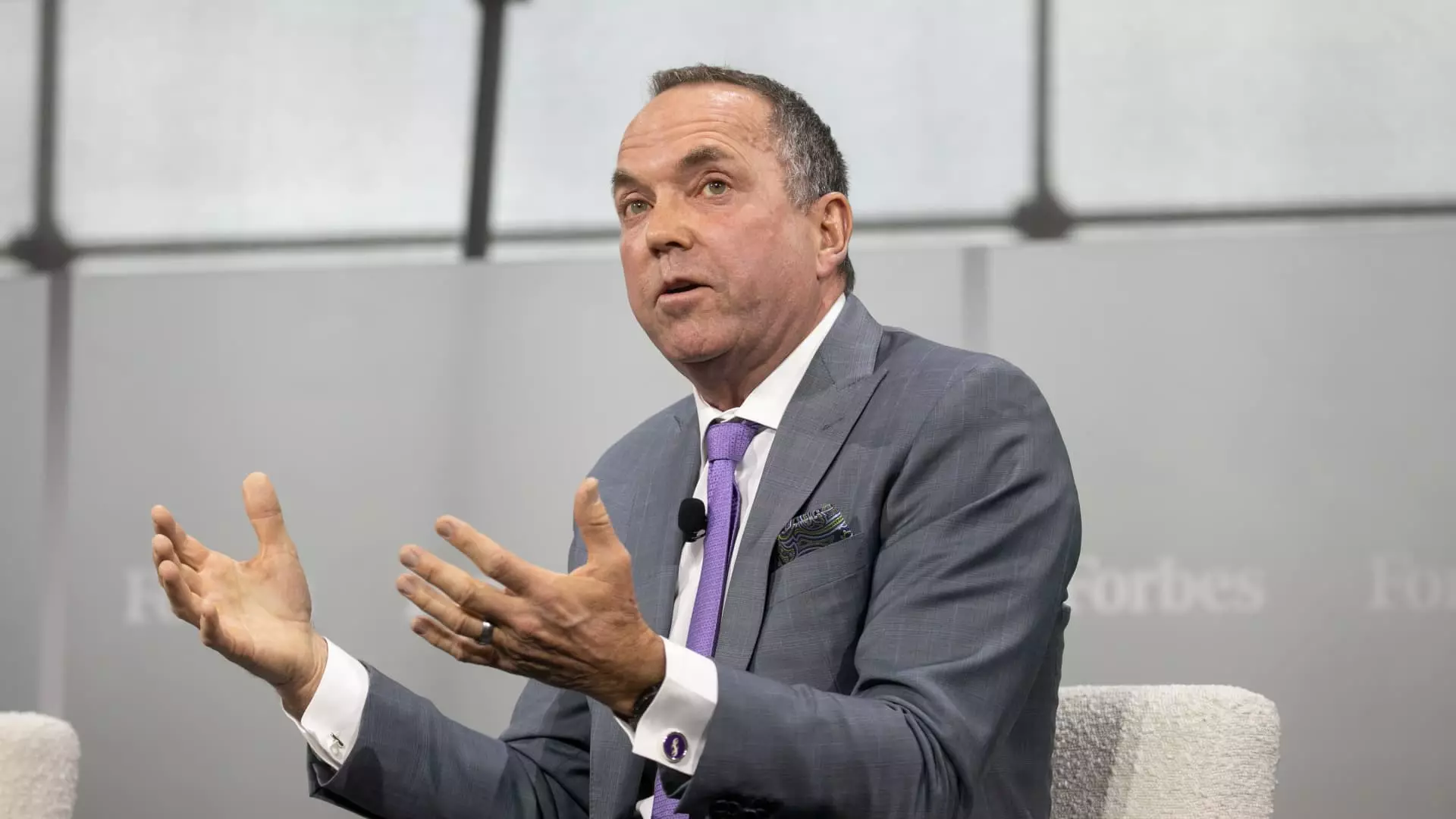The recent plunging stock prices and escalating regulatory threats facing Sarepta Therapeutics underscore a sobering truth: the path of gene therapy is fraught with peril—not just for patients, but for the industry and investors alike. Once hailed as groundbreaking, Elevidys—a gene therapy designed to combat Duchenne muscular dystrophy—now teeters on the brink of extinction due to safety concerns that have cast a long shadow over its legitimacy. The Food and Drug Administration’s (FDA) looming demand for Sarepta to halt shipments signals a potential paradigm shift in how we regulate and trust revolutionary biotech innovations. For a center-right wing liberalism that values responsible innovation paired with regulatory accountability, this crisis exposes the perils of rushing cures before fully understanding their long-term implications.
Unraveling the Controversy: When Promise Turns into Peril
Sarepta’s Elevidys was granted conditional approval amidst enthusiasm for its potential to fill a glaring treatment void for Duchenne muscular dystrophy—a debilitating, fatal disease with no cure. However, approval was controversial from the beginning. The initial clinical trials only demonstrated promising benefits in a narrow age group; broader approval was granted despite insufficient evidence of efficacy in more advanced cases. This decision reflects a dangerous tendency in the biotech industry: prioritizing regulatory agility over comprehensive safety and efficacy data. Unfortunately, that gamble has now backfired. Two teenage boys have died from liver failure post-treatment, and a third death has surfaced during research into a different Sarepta gene therapy. These incidents highlight an uncomfortable reality: the pursuit of rapid approval, especially in cases involving vulnerable children, can lead to irreversible tragedies.
The Risks Outweigh the Rewards: Ethical and Safety Considerations
The core issue here is the safety profile of Elevidys versus its uncertain benefits for severely affected patients. Unlike Novartis’s Zolgensma, which, despite risks, offers clear benefits for spinal muscular atrophy, Sarepta’s product lacks definitive evidence of extensive long-term efficacy. It’s remarkable—and deeply concerning—that regulators and the company prioritized expanding approval, even when the primary trial endpoints were missed. Dare we trust a therapy that increases the risk of death without conclusively demonstrating its capacity to meaningfully improve patients’ lives? Such decisions threaten to undermine public faith in innovative treatments altogether. Moreover, the ethical dilemma centers on whether it’s acceptable to expose children, who cannot provide consent, to therapies with significant mortality risks based on limited data.
The Industry’s Dangerous Dependence on Breakthroughs
Sarepta’s predicament epitomizes a broader issue within biotech: an obsession with groundbreaking cures that outweigh rigorous safety protocols. The narrative of “revolutionary gene therapy” has created an environment where the rush for approval sometimes outpaces scientific understanding. While innovation is essential—especially when addressing unmet medical needs—regulatory oversight must balance enthusiasm with caution. The FDA’s consideration of whether Elevidys should remain on the market reflects a necessary recalibration towards prudence. For proponents of liberal capitalism, this episode should serve as a warning. Without stringent oversight, the pursuit for profit and prestige can blur ethical boundaries, risking patient lives in the process.
Market and Political Ramifications: A Reckoning for Biotech Leaders
The economic fallout from this controversy is profound. Sarepta’s stock has plunged more than 87% this year, illustrating how swiftly investor confidence can evaporate when safety concerns come to light. For a biotech company dependent on a single product—Elevidys—its future now hinges on whether regulators determine the risks outweigh the potential rewards. Should the FDA decide to pull the drug entirely, Sarepta’s entire business model could unravel, effectively ending their foothold in Duchenne treatment. This outcome would serve as a cautionary tale about overhyping unproven therapies and the critical importance of transparent, patient-centered research. It also raises questions about the role of government oversight: should regulators prioritize rapid access, or demand the rigorous safety data that can prevent future disasters?
The Moral Cost of Innovation Without Vigilance
Despite the human toll—families like Jennifer Handt’s, whose son Charlie showed improvements after treatment—the reality remains that the potential risks have begun to overshadow the hope that gene therapies initially promised. Democrats and Republicans alike must grapple with this moral truth: fostering innovation in a field as delicate as gene therapy mandates a watchful eye. It’s not enough to celebrate breakthroughs; we must demand that safety and efficacy are non-negotiable. In a liberal democracy that champions individual rights and health, the government bears responsibility for ensuring that scientists and corporations don’t sacrifice long-term safety at the altar of short-term innovation. The tragic deaths linked to Elevidys exemplify what happens when that balance tips dangerously in favor of expediency.
The Sarepta ordeal is not merely a biotech failure; it is a societal wake-up call. The pursuit of cures must be tempered with a commitment to patient safety, transparency, and scientific rigor. While the allure of revolutionary treatments can be captivating, unchecked optimism, especially in areas involving vulnerable children, risks whole generations of lives—each with stories like Charlie’s. As policymakers and industry leaders navigate this turbulent terrain, they must prioritize the long-term integrity of medical science over fleeting market gains. Only then can genuine progress in gene therapy become a reality—one built on trust, safety, and responsible innovation.

